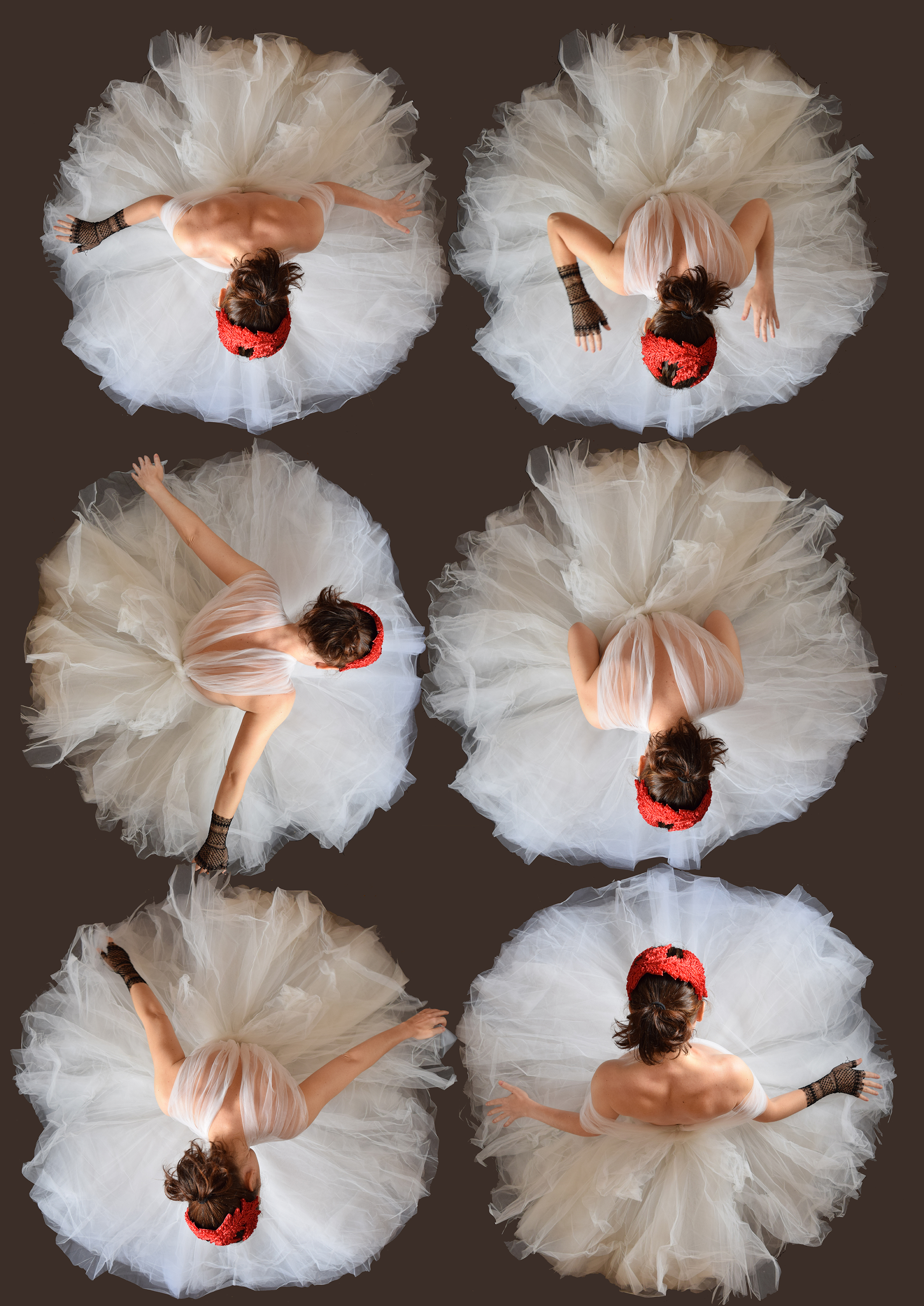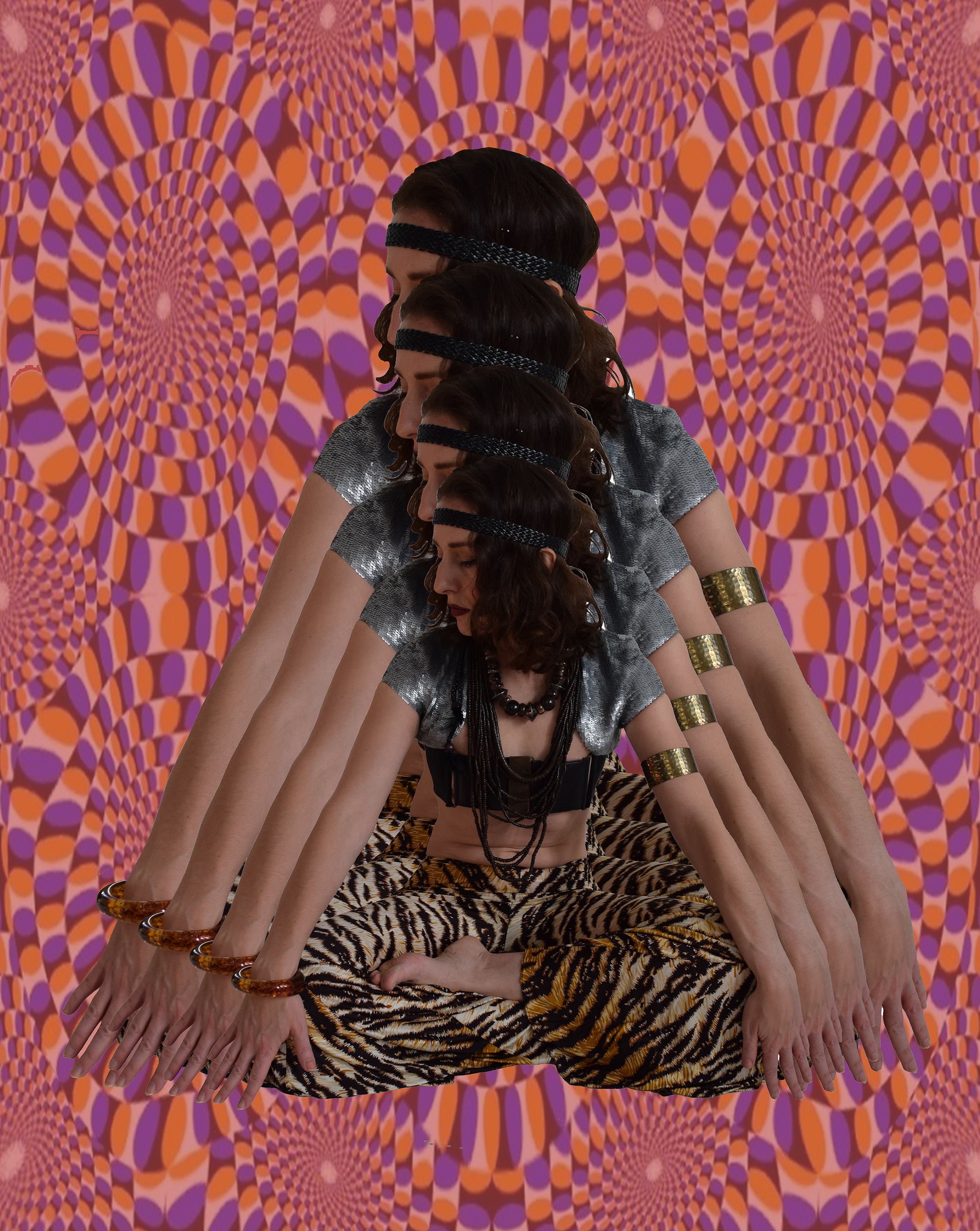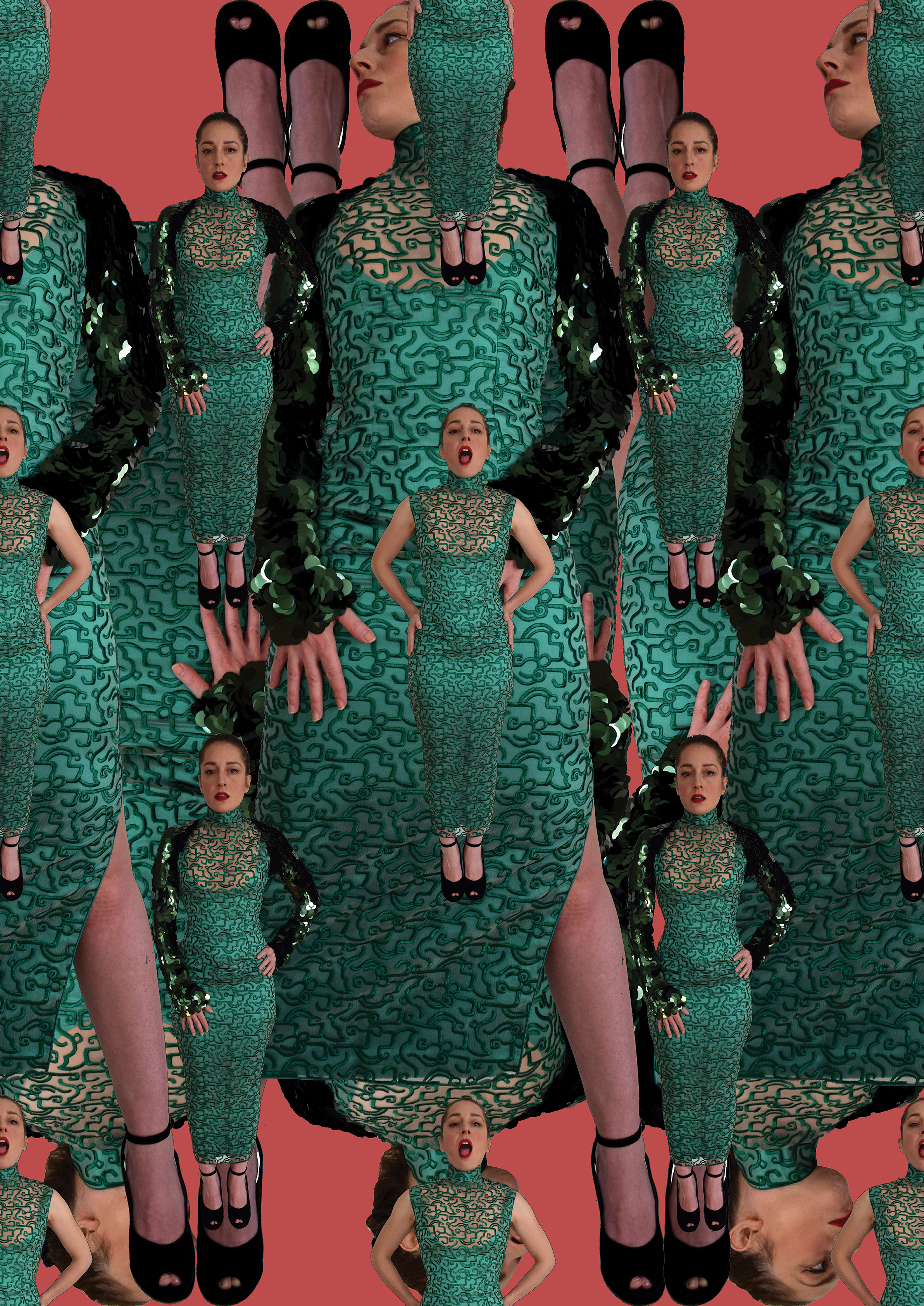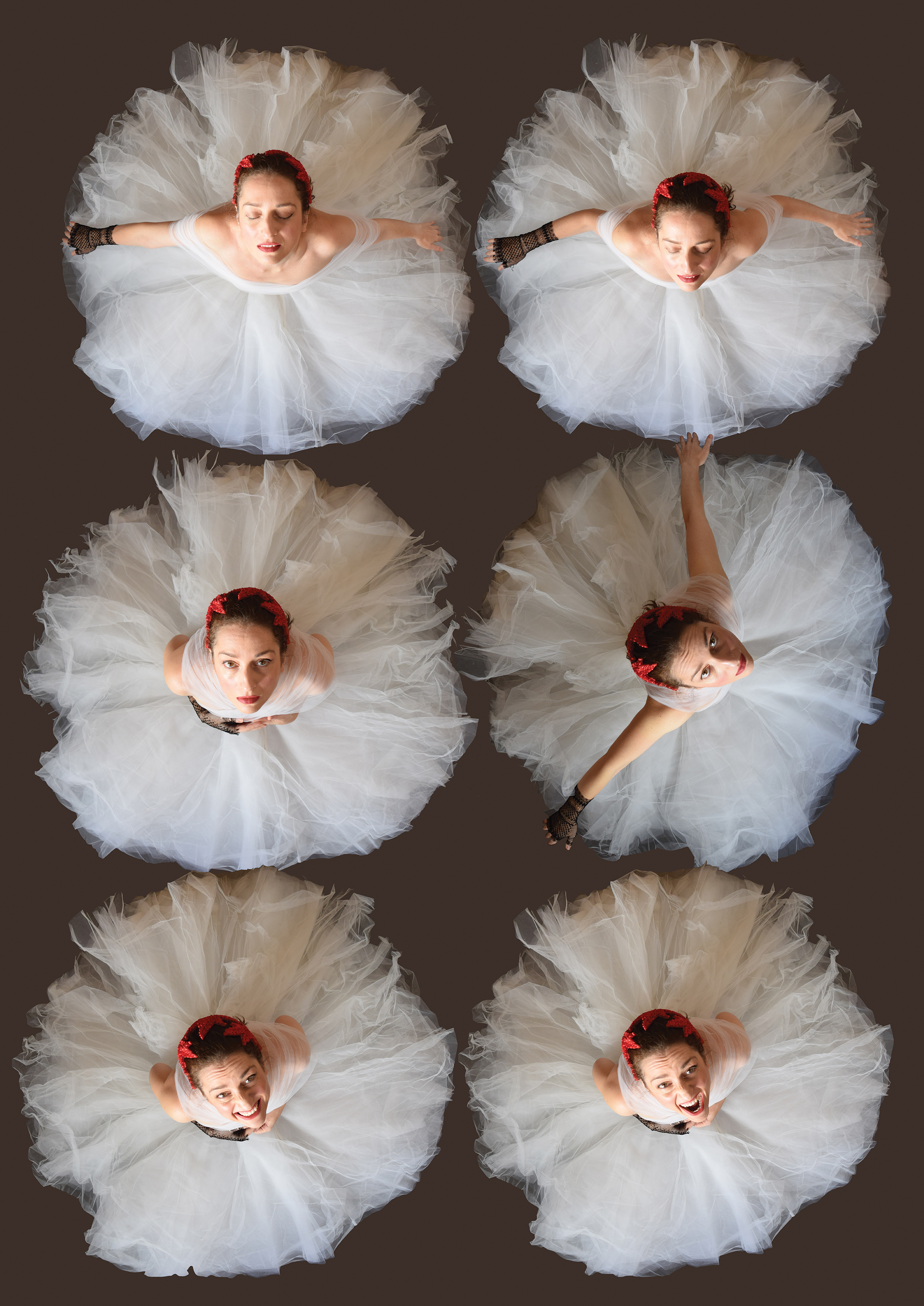BasementArtsProject: Introduction to Desire & Alchemy
Over the course of the last century we have become used to many unusual avenues of exploration in the world of contemporary fine art. Long gone are the days where we could expect figurative sculpture, painting or drawing, now we are conversant with ideas such as the assemblage that utilises found objects, long format films or even the dematerialised potential of audio work: a form of fine art practice that often, but not always, has no visual frame of reference at all.
Fine art is about stimulating the senses and often the main consideration is artwork of a visual nature and more recently the sonic arts. A less remarked upon aspect of contemporary fine art culture is that of the olfactory; perception through sense of smell. As with sound art the effect of smell can be sculptural in its volumetric capability to fill space. Sounds and smells have the ability to fill every corner of an environment if required, in a way that traditionally constructed sculpture cannot. The closest visual equivalent could be Rachel Whiteread ‘s ‘House’ but even this force’s the viewer to be on the outside looking at something that they can no longer experience.[1]
Over the last seven years BasementArtsProject has presented in excess of forty projects which have ranged from the most traditional forms of art production to that which is much more experimental in nature. One of the benefits of using one’s home to present art is the possibility of being able to push the envelope that bit further with an audience that, under more traditional circumstances, may not necessarily engage with the more outrageous or less easily understood art forms. It is with this in mind that we present the work of Sheffield based artist Michael Borkowsky and Italian artist Emilia Telese, who, for the purpose of Desire and Alchemy will be working together for the first time. Whilst these artists have very separate practices their interests overlap in the area of perfume / scent as art. This exhibition will present, not only, a body of work created by each artist as an individual but will also feature a collaborative new work, made especially for this project. Here there is no standing on the outside looking in, here the sculpture can be entered, experienced from within, an immersive environment in which we are invited to become aware of our own active participation in the perception of this multi-layered artwork. Artist Emilia Telese has described this project in terms of the gesamkunstwerk (total artwork) in which every aspect of the environment, and display of works therein, add to the overall perception of the work, activated by not just the presence of viewer, but also by their participation and engagement with the idea.
Michael Borkowsky is an artist with a long-standing relationship to BasementArtsProject. Having come to us initially through a collaborative project with the SCI collective that saw us send the work of a number of artists to Liverpool, Sweden and the USA, Borkowsky then brought his Speculative Studios project to BasementArtsProject in May 2016. Borkowsky is a prolific artist with an interest in finding unusual methods of engaging people in his projects. He has recently presented work at The Tetley and Temple Newsam, also in Leeds.
Emilia Telese has previously exhibited in Leeds as part of the Paranoia exhibition curated by Predrag Pajdic in 2006.[2] Telese’s practice often revolves around performance but over the years has grown to include video and digital art, she has also worked with institutions such as The Louvre and the Royal Festival Hall. For Desire & Alchemy her contribution is an immersive installation referring to performance and a reminding us of its physicality.
[1]House was a temporary public sculpture by British artist Rachel Whiteread, completed in East London on 25 October 1993 and demolished eleven weeks later on 11 January 1994. https://www.apollo-magazine.com/house/
[2]Paranoia exhibition https://fadmagazine.com/2006/06/29/paranoia-at-leeds-art-gallery/
Bruce Davies | October 2018
Michael Borkowsky: Perfumery and I
My first Perfume as Practice solo show, staged at Bank Street Arts, Sheffield, in March 2016
1. The Art of Perfumery
Perfume (from the Latin perfumare, which literally translates as ‘to smoke through’) is, broadly speaking, the instilled combination of essential oils or aroma compounds alongside solvents and fixatives that can be bottled and used domestically to provide a desirable sent.
Perfumery has a rich and varied history, and has been utilised in all manner of endeavour – including ritual and ceremony, medicine, burial preparation, political statement, a declaration of religious or monarchical status and, of course, for daily wear. Over time, the process of creating perfume has become more refined and more commercially viable, paving the way for the fragrance industry as we know it, and for the plethora of fragrances available to consumers today.
There is, as you might expect, a certain artistry to be found within perfumery, from the careful and considered balancing of the fragrance notes and accord, to the aesthetics of perfume bottles and the visual liveries found within branding. However, within the confines of the fragrance industry, the reasons whyperfumes are created chiefly entail the provision of a product that elicits happiness by utilising the capacity scent has to foster individuality, evoke memory and trigger sexual appeal. And, while the 21stcentury sees artisan perfumers creating bespoke fragrances, utilising scent design to explore the more abstract reaches of human desire, few place their craft directly within a contemporary art platform.
There is, of course, no reason why perfumers should feel the need to place perfumery within a contemporary art platform; it would not add or subtract from the beauty and integrity of what they are doing. And frankly, creating perfumes as a product to sell to people is a far more viable business model than presenting perfumes to an audience within an exhibition space. However, as an artist intrigued by how to effectively relate how scent is a potent means of communication, I developed a hunch; can perfume accommodate the concepts found in contemporary art? And if so, how can that be presented to an audience in a way that expands our perception of perfumery and positons it as an art-form in alignment to painting and sculpture?
Over the past three years, this hunch has developed into a body of work entitled Perfume as Practice. Amongst other things, Perfume as Practice has seen me establish a creative process that allows me to create, though scent design, portraits of other artists. The process has seen the creation of 80 perfume portraits displayed over 5 solo exhibitions and 2 residencies across the UK. Along the way, the process has been questioned, analysed, evaluated and refined as I seek to present new ways in which an audience can encounter Perfume as Practice while retaining its core concept of revealing the capacity perfume has for portraiture.
Detail of Perfume as Practice SS18 at Bureau, Blackburn. The names of each artist are presented on each perfume portrait.
2. The Trials of the Fine Art Perfumer
As you might expect, being an artist utilising perfumery comes with a unique set of challenges. Chief among them is what do I actually call myself? I do make perfume and am stringent with how aligned my own process of making is to the craft, therefore it seems easy to deduce that I am a perfumer. However, calling myself such would be remiss, as a perfumer is traditionally trained in the art of perfumery, taking years, even decades to perfect the craft. I have no formal training in perfumery, and create perfumery though intuitions and processes acquired through training as an artist. Therefore, I deem it appropriate to label myself a ‘fine art perfumer’. This nullifies the preconception that I have formal training in perfumery while suggesting that, as an artist, I have learned to explore the art of perfumery for my own gains. Overall, an audience appears to understand this distinction, aided the fact that I am transparent in my ability to create fragrances which, while increasingly refined, still relies on experimentation, the advice of others and academic study from time to time.
Upon deeming myself a Fine Art Perfumer, the next challenge is to establish methods of using perfumery as a vehicle for portraiture. Previously, segments of my artistic enquiry have centred around artists themselves, and how presenting the thoughts, desires and behaviours of artists in the guise of exhibitions reveals the innermost workings of creativity, while providing cathartic affirmation for the artist in question. This was evidenced in a 2016 solo show housed at BasementArtsProject entitled Speculative Studios, whereby I took a piece of work from two artists and speculated upon their studio space: A representation of who they are based on a perception of their work.
I sought to carry such notions forward, only this time by utilising perfumery. And so, I designed a process that allows artists to express their innermost thoughts, behaviours and desires, which can then be interpreted order for me to create a fragrance that captures the essence of who they are. The process begins by posing the question to artists 'why do you make art?' then, through a method of interpretation and investigation I combine fragrance oils, essential oils and carrier oils relevant to the response received. Often, this involves the consideration of fragrances within various understood contexts, which are then pulled together and consolidated in order to achieve an appropriate perfume. For example, an artist may reply to the question 'why do you make art?' with the answer 'because it makes me happy'. This is a relatively straightforward perfume portrait to design, as from the context of aromatherapy many citrus notes are thought to induce happiness in people. As this directly references the answer to the question, I may decide to design a perfume based around citrus oils. This is only a simple example though, and abstract thinking and deeper research into fragrances is sometimes required to achieve a desired perfume.
Upon deeming myself a fine art perfumer and seeking to design perfume portraits, I next place a set of perfumes under a desired theme in order to stage exhibitions. One may question the relevance of doing this and not simply allowing the perfumes to exist without visual embellishments. The answer is twofold. Firstly it gives the exhibition province online. Without visual embellishment, it is difficult to promote Perfume as Practice to a wider audience. Secondly, theming Perfume as Practice exhibitions allows me to respond to specific spaces and allows me to comprehend other concepts within the context of perfumery with the aim of revealing a deepened understanding of both. The most pertinent example of this was displayed at Surface Gallery, Nottingham in 2017, whereby I staged a solo exhibition that presented 18 perfume portraits within the theme of astronomy.
I chose astronomy as a theme in this instance because I believe there are parallels to astronomy and fragrance; both of them possess a degree of intangibility that isn't fully understood. We can't fully contemplate how our nose reads scent and we can't fully contemplate our position within the universe, so I theorised that if we placed both notions together we may be able to develop a more considered and more personal understanding of both. Placing astronomy within the context of fragrance allows you to contemplate it from a more personal and domestic standpoint, while placing fragrance within the context of astronomy reveals its endless possibilities. This idea of placing a concept beside perfumery in order to attain new understandings of them will be revisited again at BasementArtsProject whereby I will align perfumery with alchemy.
Perfume as Practice AW17 opening at Surface Gallery, Nottingham
3. On Desire and Alchemy
And so, to October 2018, which will see my sixth Perfume as Practice show, this time staged at BasementArtsProject under the title Desire and Alchemy. However, in an effort to reassess and my established formula of creating perfume portraits and push the project into unchartered directions, the difference between previous exhibitions will be twofold.
Firstly, I will be exhibiting alongside another artist - Emilia Telese. Emilia and I have a long established interest in scent and ways of utilising scent in art. Placing Perfume as Practice beside another artist will enable an audience to assess and encounter it differently, and will enable me to better quantify its successes and failures. As scent in art is rather unestablished, there is no exacting standard for it. Therefore, placing two artists that utilise scent together will provide a means of evaluating the workings of scent upon an audience while continuing to serve the overall discourse surrounding how scent is a viable and meaningful means of communication.
Secondly, for this incarnation I will not be directly asking artists why they make art. Rather, I will be designing perfumes around speculative answers to the question, deduced from three years of receiving such answers from artists. In effect, it is my process in reverse - providing the answer to the question before it has even been posed. This will allow me to evaluate whether my methods of creating perfume portraits has been successful in gathering a rich understanding of the thoughts, processes and behaviours of artists. You see, one of the wider aims of Perfume as Practice is to use perfumery to highlight how, through understanding the needs of artists, we may equip them with more effective means of support and nurturing. This more socially engaged facet of my work is little explored, but Desire and Alchemymay provide an opportunity to understand how to utilise the information received from artists during Perfume as Practice for social and pastoral gains.
Desire and Alchemyshould also continue to reveal the capacity perfumery has for portraiture and therefore the capacity it has for contemporary art. Incorporated into this is the potential to engage audiences, bring people together through alternative perceptions of a preconceived concept, and provide agency and empowerment for artists through the nature of the work and its associated process.
Michael Borkowsky | September 2018
Emilia Telese: Scents of Self
Scents of Self develops my artistic research on body image and communication, sensory awareness and my ongoing identification with Total Art – Gesamtkunstwerk, a way of conceiving all manifestations of life within the reach and realm of Art.
In Scents of Self, I created five “visions” of myself through performing different facets of my character relating to specific messages expressed through clothing, somatic language and the sense of smell, and developed them visually with the view of a sensory overload for the viewer. I then manipulated these visions to form patterns, surfaces and motifs working in unison. I conceived a “scratch and sniff” surface which reacts to touch.
Visitors are invited to touch, scratch, walk on and search the irregular surface of the artwork on the gallery walls and floor, revealing a number of scents developed for the artwork with perfumer Spyros Drosopulos of experimental perfume house Baruti. For Scents of Self,Spyros created compositions which give the feeling of a never-ending kaleidoscope of sensations from the feminine to the earthy, colourful and oriental playing on the idea of “never enough”. As Spyros reflects on the perfumes themselves: "I have never actually painted with scents before, however with this piece it felt like I was doing exactly that. I build several perfumes for the different personas portrayed in the images, and then I also build some “elementary” scents that were used to connect the different perfumes i.e. personas with each other. I like the idea of modifying these perfumes by using elementary scents as different backgrounds because the self is also never fully understood in the absence of a background."
Using Spyros’ perfumed palette I deliberately painted scented patterns on the installation, in order to form other scents that would melt with the images. The perfume on the surface of the artwork lingers on the viewer’s fingers and feet and is made to elicit sensations that relate to the images present in the space. As opposed to the inherently sacred surface of artworks, I wanted a piece that could be defaced and disintegrated over time and generate a very real lasting trace on the bodies of those experiencing it.
For the past decade of my art practice, I have sought a way of involving all senses in the making and experiencing of art. My interest in the sense of smell within art started when I created Four Senses, a participatory artwork at Artsway, New Forest, for the 2010 Cultural Olympiad. In the work, visitors were blindfolded and invited to experience the forest through sounds, smells and textures. Already a long-term collector of vintage fashion, during my search for multi-sensorial art I also became interested in vintage and unusual scents, and shared Luca Turin’s theory that perfume is the most portable form of art. I then started to develop ideas that would unite visual and other sensorial elements to form an immersive environment.
Philosophically,Scents of Self relates to the post-modern idea of the Supermarket of Style, first theorised by American/British anthropologist and friend Ted Polhemus.
I sought to create communication through clothing and visual style in a post-modern key where all ages and all inspirations converge and converse to create looks that are not ascribable to a particular era but play with style as a post-subcultural language which doesn’t have a tense but where all meanings are jumbled up in an eternal Now, as Polhemus theorises in his book Body Styles.
In this sense, the installation further develops my practice exploring the way we communicate through our appearance, the portrayal of women in the arts and media, and the iconography of style.
The work has a strong body image connotation, which has been an ongoing interest of mine since I created Perfect Ten, a performance installation for Paranoia at Leeds City Gallery in 2006 and the Centro Cultural Telemar in Buenos Aires. Perfect 10 was then part of the early body-positive movement, being shown at the Endangered Species world summit at the Royal Festival Hall in London in 2010, and subsequently in New York and Rio de Janeiro.
A more intimate environment was needed for Scents of Self: for through going into the recesses of our perception and memories of places, smells, times and styles, we discover our most ancestral, sensorial self.
The hidden nature of the space lends itself to a secret, almost furtive exploration, yet the scale of the work is thought as an explosion of colour, pattern and scent.
Emilia Telese, October 2018





About Desire and Alchemy
In Spring 2018 Michael Borkowsky and I, through a mutual interest in olfactory – related artwork, planned a joint exhibition which would see our individual practices shown in a two artists exhibition. A long discourse ensued over a period of a year. This is how Desire and Alchemy came into being.
The exhibition is designed to join our practices by exhibiting them side by side. Naturally different, our works explore in a parallel way our conversation about scent and seeks to generate new, unexplored sights and sensations.
Our jointly created perfume tryptich, Past Present, Future is the visual and olfactory bridge that complements our individual pieces.
Credits
I would like to thank the following people:
Spyros Drosopulos at Baruti
Bruce Davies at Basement Art Projects
Bjarni Rúnar Einarsson, Richard Shields and Peter McAdam: technical support
Jane Tesseyman at EST Display Ltd Leeds
Jadene Imbusch – Gallery volunteer
Past Present, Future Triptych
Michael Borkowsky and Emilia Telese
Past Present, Future triptych is a joint artwork by Michael Borkowsky and Emilia Telese which unites the two artists’ thoughts on fragrance through time.
The work is the result of a long conversation by the two artists over a period of months, followed by experimentation and research.
Past EDT
An ode to historical perfume practices, where fragrance was utilised as a ward against disease, this portable vessel contains the herbal properties you need to combat illness in any environment, with a deep floral body that alludes both to the feminine and to witchcraft.
This modern pomander contains herbs that were blessed by an English white witch under a full moon. It is a reflection on the place of women in history and their often repressed role as healers and experts over the past centuries.
Head – Thyme, Basil
Heart – Camphor, Spike Lavendar
Body – Ylang Ylang, Patchouli
Present EDT
This fragrance gives you the apparatus you need to fully comprehend the beauty and benefit of an apple tree; fruity and woody notes, offset by deep, earthy spices, place you within nature. And yet, all oils used are actually synthetic compounds not derived from nature. This fragrance aims to reveal the presence of synthetics found in modern perfumery.
The Present vessel is a metal coloured bottle from Reykjavík, Iceland. The metallic colour represents the advent of materials of synthetic origin in perfumery, and its minimalist, unfussy lines recall Modernist aesthetics.
Head – Sweet Apple
Heart – cedarwood, cinnamon
Body – Sandalwood, amber
Future EDT
A spectrum of the endangered, this fragrance speculates upon a new, unexpected utility for perfume in the future, as it has the potential to become a vehicle for safeguarding against the extinction of plant-life. Here, familiar and unfamiliar flora are placed together in an effort to raise awareness either of plight or existence.
Future EDT is held inside a time capsule, that has to be opened to reveal the bottle and can be kept for future generations.
Head –Ravensara, Banana
Heart – Juniper Berry
Body – Rosewood, Chocolate
